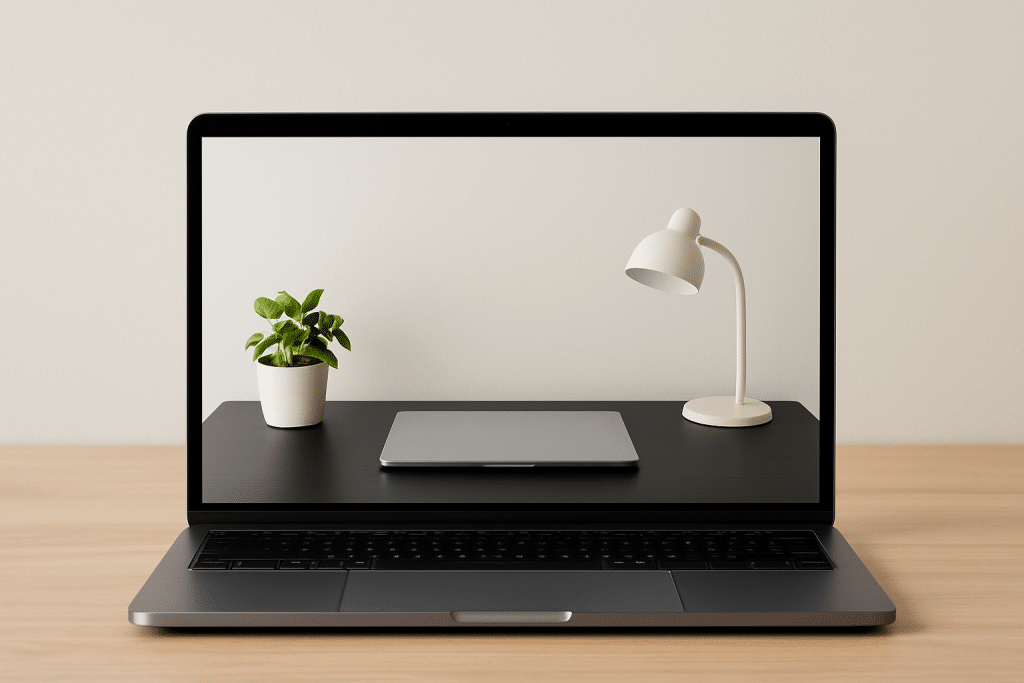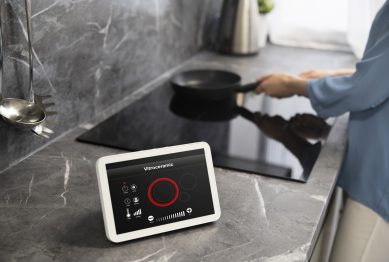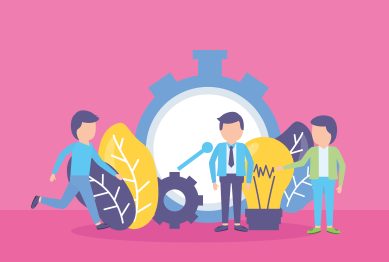In an age where digital distractions are constant and information overload is the norm, a minimalist approach to your digital life is emerging as a solution to enhance productivity, focus, and overall success. With our increasing reliance on smartphones, emails, social media, and numerous apps, it’s easy to feel overwhelmed by the sheer volume of digital inputs. However, simplifying and decluttering your digital life can not only help reduce stress but also improve efficiency and work-life balance.
The minimalist approach, which has been gaining popularity in various areas of life from home decor to personal finance, is now making waves in the digital space. By streamlining your digital tools, reducing unnecessary distractions, and adopting a more intentional use of technology, you can free up cognitive space for what truly matters. This article will explore the emerging trend of digital minimalism, its impact on success, and practical steps you can take to create a more focused and successful digital life.

What is Digital Minimalism?
Digital minimalism is a philosophy that encourages people to remove digital distractions, limit unnecessary digital engagements, and use technology in a more purposeful way. The concept was popularized by Cal Newport, a computer science professor and author of Digital Minimalism: Choosing a Focused Life in a Noisy World (2019). Newport argues that while technology can enhance productivity and provide incredible conveniences, it’s also designed to capture attention and keep users engaged—often at the expense of meaningful work and personal fulfillment.
Digital minimalism isn’t about abandoning technology; rather, it’s about adopting a conscious approach to how, when, and why you use digital tools. The goal is to focus on what adds value to your life while eliminating the noise that detracts from productivity and mental clarity.
Why a Minimalist Digital Life Leads to Success
The connection between digital minimalism and success lies in the ability to enhance focus, productivity, and mental well-being. Here’s how adopting a minimalist digital approach can lead to better results:
1. Increased Focus and Reduced Distractions
One of the biggest productivity killers in the digital age is distraction. According to a Harvard Business Review (2023) study, employees spend an average of 2 hours per day on unnecessary tasks, many of which are digital distractions such as checking social media, emails, and browsing the web. These distractions fragment our focus, making it harder to complete tasks and think critically.
By embracing a minimalist approach, you eliminate distractions and create space for deeper, more concentrated work. For example, setting up “focus mode” on your devices, decluttering your email inbox, or limiting the number of apps on your phone can reduce distractions and help you concentrate on high-value tasks. When you can focus for longer periods, your output improves, leading to higher productivity and better results.
2. Better Mental Health and Well-Being
Constant digital engagement—especially social media—can lead to feelings of stress, anxiety, and burnout. A study by the American Psychological Association (2022) found that high social media use is correlated with increased feelings of stress and anxiety, particularly among younger generations. The constant barrage of information and the need to keep up with notifications can have a draining effect on your mental health.
Digital minimalism encourages reducing unnecessary digital interactions, which can lead to improved mental clarity and reduced stress. With fewer notifications and distractions, you can cultivate a more intentional and peaceful relationship with technology. This clarity allows you to focus on more meaningful activities, contributing to better emotional well-being and overall life satisfaction.
3. Improved Decision-Making
A minimalist digital life can also help improve decision-making skills. With fewer distractions and a more focused mind, you can make decisions more quickly and efficiently. According to Psychology Today (2022), constantly switching between tasks (known as “task switching”) decreases our ability to make sound decisions, as the brain requires time to refocus each time it switches tasks.
By reducing the digital noise in your life, you free up mental space to think more clearly and make more thoughtful decisions. Whether you’re making business decisions, choosing a new project, or deciding how to prioritize your time, a streamlined digital approach can help you think critically and make better choices.
4. Increased Productivity
Digital minimalism directly impacts productivity by reducing the time spent on tasks that don’t contribute to your goals. When you remove unnecessary digital distractions, you have more time to focus on tasks that bring you closer to success. Newport’s concept of “intentional use” encourages individuals to use technology in ways that directly support their personal and professional goals.
For instance, setting specific goals for the digital tools you use and establishing limits on how often you check emails or social media can create a more productive workflow. By streamlining your digital life, you’re optimizing your tools to work for you, not against you.
5. More Time for Personal Growth and Relationships
A minimalist digital life opens up more time for the activities that truly matter, such as personal growth, hobbies, and spending quality time with loved ones. By eliminating the time spent scrolling through social media or checking irrelevant notifications, you free up time that can be spent developing new skills, pursuing passions, or nurturing relationships.
For example, rather than spending hours each day browsing through social media or mindlessly scrolling through the internet, you could allocate that time to reading, exercising, or engaging in activities that your life. Over time, this shift leads to more personal fulfillment and success, both personally and professionally.
How to Create a Minimalist Digital Life: Practical Steps
While adopting a minimalist digital life sounds simple, it can be challenging to implement in a world that constantly demands our attention. Here are some practical steps to help you start simplifying your digital world:
1. Audit Your Digital Tools and Apps
Start by evaluating the digital tools and apps you currently use. Which ones add value to your life and work? Which ones cause distractions or consume more time than they should? Go through your smartphone, computer, and digital accounts and ask yourself whether each tool serves a clear purpose.
- Declutter your phone: Delete apps that you rarely use or that don’t contribute to your goals.
- Organize your devices: Set up folders for work-related apps, leisure apps, and social media to help prioritize tasks.
2. Set Boundaries for Digital Use
Establish clear boundaries for when and how you use technology. This includes setting limits on the time spent on apps, checking emails only at designated times, and turning off non-essential notifications. You can also create “no-tech zones,” such as leaving your phone in another room while working or during family time.
- Set screen time limits: Use apps like Freedom or Moment to block distracting websites during working hours.
- Designate “off hours”: Set aside time in the evening or on weekends to disconnect from screens and recharge.
3. Embrace Focused Work Blocks
Time blocking is a technique that involves setting aside specific periods of time for focused work. By dedicating uninterrupted time to one task, you eliminate distractions and increase productivity. The Pomodoro Technique, where you work in 25-minute intervals followed by short breaks, is a great method to increase focus.
4. Curate Your Digital Information
Rather than trying to keep up with every article, blog post, and social media update, be selective about the information you consume. Subscribe only to the sources that truly matter and add value to your personal or professional growth. Use tools like Pocket to save articles for later and organize your digital reading.
5. Practice Digital Detoxes
Occasionally disconnect from all digital devices to reset and recharge. A digital detox can involve taking a day or weekend off from all screens or spending designated time each day away from your phone or computer.
Conclusion
In a world where we are constantly connected, it’s easy to get overwhelmed by digital distractions. Embracing a minimalist approach to your digital life can help you regain control, reduce stress, and increase productivity. By simplifying the tools and habits you use daily, you create space for what really matters—whether that’s meaningful work, personal growth, or quality time with loved ones.
The digital age doesn’t have to be synonymous with burnout. Instead, by strategically simplifying and streamlining your digital interactions, you can cultivate a more focused, balanced, and successful life.
Reference
- What Is Digital Minimalism?- https://calnewport.com/
- Benefits of Digital Minimalism- https://www.pandasecurity.com
- Emerging Trends & Research- https://elisplace.org/









